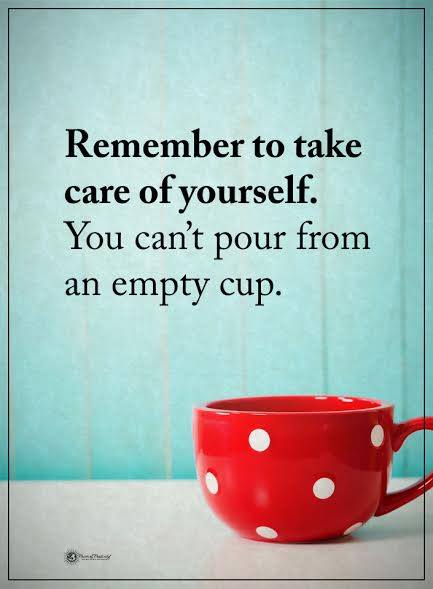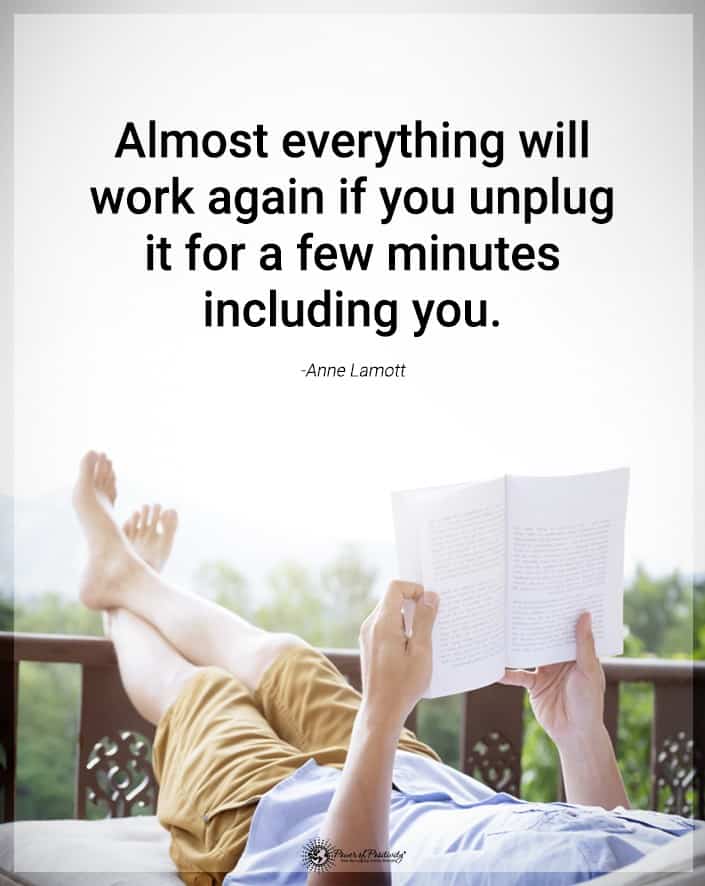Do you want to learn how to do guided sleep meditation to release stress? If so, we’ll take you through the process step-by-step, so you can start feeling more relaxed and peaceful. Many people today meditate, do yoga, or perform deep breathing exercises to relieve tension. Everyone can benefit from relaxation techniques, especially to help wind down before bed.
How Can Guided Sleep Meditation Help You?
Studies show that that guided sleep meditation can help in a variety of ways:
- Reduces insomnia
- Decreases daytime fatigue
- Lowers heart rate and blood pressure
- Increases melatonin and serotonin, which relax the body for sleep
- Activates the parasympathetic nervous system, which promotes restfulness and tranquility
A 2015 study published in JAMA Internal Medicine found that mindfulness meditation reduced insomnia symptoms in adults. Researchers separated 49 participants into two groups; one took meditation classes for six weeks, and the other learned about sleep hygiene. They noticed that the meditation group experienced less daytime fatigue and fewer instances of insomnia at the study’s conclusion.
So, if you struggle with insomnia or racing thoughts before bed, you’ll benefit from these relaxation techniques. Read on for how to do guided sleep meditation to release stress.
How to Do Guided Sleep Meditation to Release Stress
This guided meditation was created for you to have a restful night’s sleep more easily. Make sure you’re lying down in a comfortable position before getting started. Also, remove any distractions from the room, ensuring you have a quiet atmosphere for the best results. The relaxing voice will help you drift off into sleep in no time.
Guided Sleep Meditation Tips
- First, take a deep breath in, hold it and release it through your mouth. Notice how your body feels as you breathe deeply, the expansion and contraction of each breath.
- It should feel natural and relaxing to your mind and body as you focus only on breathing. Detach yourself from any worries, fears, or racing thoughts, and keep your attention on the here and now. Your body knows how to relax. However, you forgot the basics of it in the daily hustle and bustle. So, reclaim your right to peace and dive deeply into this guided sleep meditation.
- Forget the world and ‘be.’ Stretch out and feel the tension leave your muscles as you listen to this relaxing meditation.
After getting into a comfortable position and relaxing your body, you’re ready to learn how to do guided sleep meditation to release stress.
Phase 1: Awareness of the Mind and Body
- Gently close your eyes and tune everything else out around you.
- Pay attention to how your body feels in this moment. If you’re still feeling tense, consciously release tension by breathing deeply in and out.
- The more you focus on the present moment, the greater peace you’ll feel. All the stress of the day will begin to melt away.
- Don’t try to stay awake through the entire meditation; allow yourself to fall asleep when you’re ready.
- Now, imagine your favorite image of something sinking or floating down. You may notice your breathing begin to change from shallow to deep, slow breaths.
- Feel the meaning, freedom, and relationship of each breath as you remember your true nature. Peace, joy, and love come naturally to us, but we need to remove the layers we’ve built around ourselves.
- Allow yourself to relax and forget anything else but this moment. Sleep will come naturally if you focus solely on the woman’s voice in the guided meditation. Remember that you deserve to replenish and heal your body from the day’s stresses.
- As you listen to this recording on how to do guided sleep meditation to release stress, your conscious mind will learn to trust your body’s natural ability to sleep.
- One by one, the thoughts in your mind will start to fall away as you sink deeper into relaxation. The ideas that seemed so important will fade the longer you listen to the guided meditation.
Phase 2: Moving into the Subconscious of Sleep
- Notice how light your body feels now. Your breathing starts to resemble the waves in the ocean, rising and falling gently. If it helps, visualize the waves crashing against the shore, remaining in tune with nature. Remember: you are nature, too.
- All worries are far away from you now as you drift further into a dreamlike state. The calm you feel washing over you ensures you’re safe and secure while you rest.
- Dream of tranquil places, like floating in the ocean or resting on a soft cloud. Allow your mind to embrace sleep and peace, and put away any thoughts that trouble you.
- Remember that you have a sanctuary within you, a place where only you can go to rest. Go there, and forget the world for the night. When your mind wanders, gently bring it back to this moment and place each time. You deserve it.
- You’ll feel the lightness take over your body, from your feet up to your head. Your mind and body should feel weightless and relaxed.
- Remember that you’ve done your best today, as you’ve always done. Every day, you become stronger and more capable, so sleep now and enjoy a rejuvenating rest.
Millions of people find peace as they learn how to do guided sleep meditation to release stress. Since the modern world comes with so many worries, people have found solace in meditation and relaxation techniques. Deep breathing, mindfulness, and awareness of the inner self can bring the peace we’re so desperate to discover. Allow the quietness of nighttime to recharge your mind and body as you drift off to sleep with this guided meditation.
Final Thoughts: This Guided Sleep Meditation Will Help You Fall Asleep Quickly
According to the American Sleep Association, about 10% of US adults have chronic insomnia. Fifty to seventy million adults struggle with sleep disorders, in total. Sleep deprivation is so pervasive in modern society that the CDC declared it a public health crisis.
It may seem hopeless when stress takes over your mind and makes it difficult to fall asleep. However, once you learn how to do guided sleep meditation to release tension, it can help immensely. We sincerely hope this meditation recording brought you peace of mind and much-deserved rest. Sweet dreams!

















